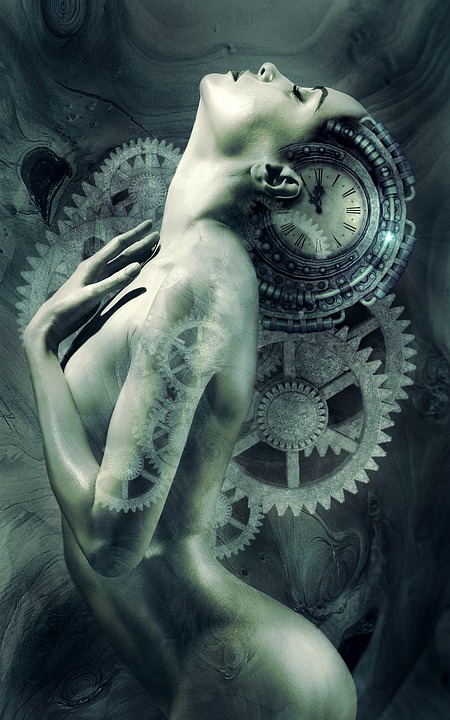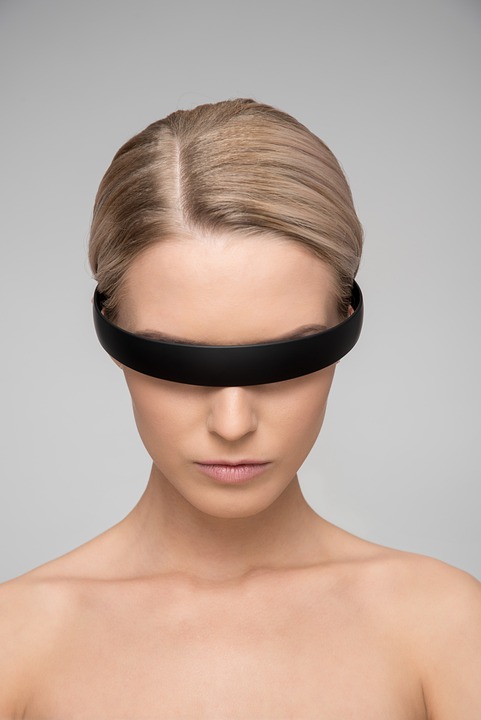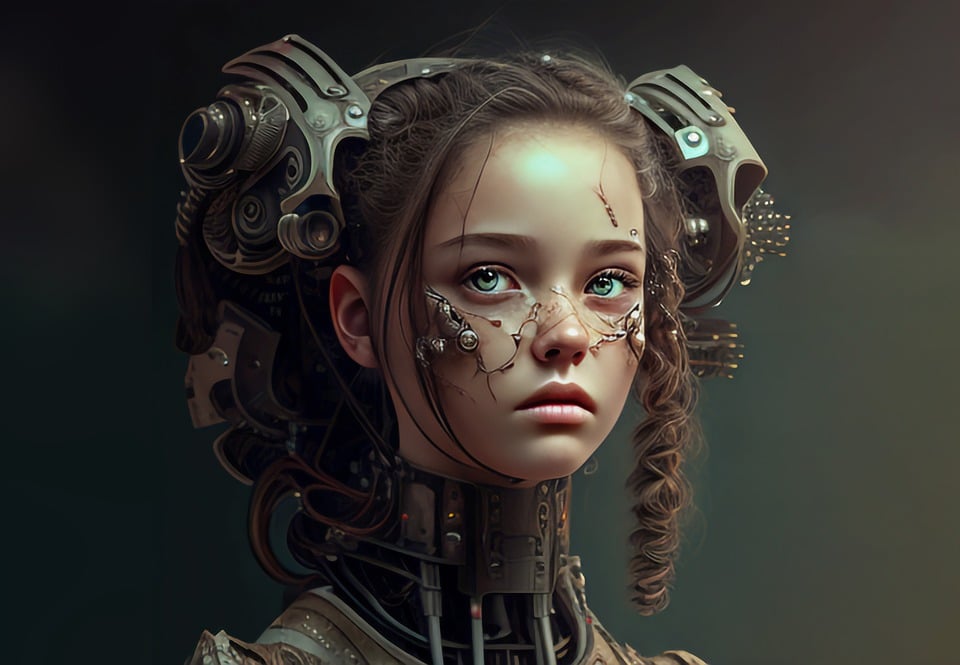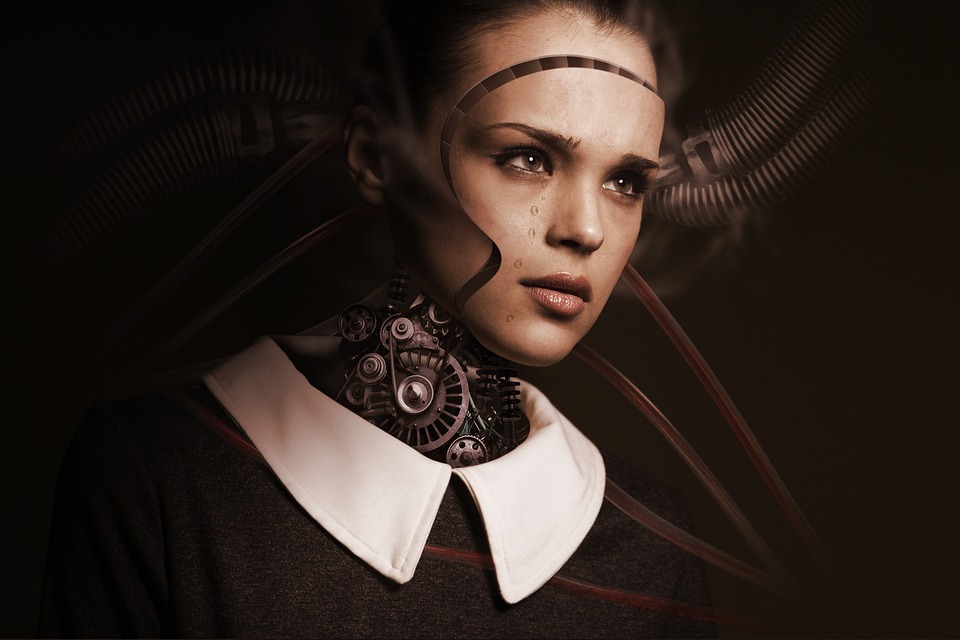The Rise of AI Art: How Artificial Intelligence is Inspiring Masterpieces
Artificial Intelligence (AI) has revolutionized various industries, and the art world is no exception. With the advent of AI technology, we are witnessing a new era in artistic expression. AI-generated artworks are captivating audiences around the world, challenging traditional notions of creativity and pushing boundaries like never before. In this article, we will explore the rise of AI art, its impact on the art scene, and how it is inspiring masterpieces.
AI Art: Redefining Creativity
Art has always been a reflection of human imagination and creativity. However, with the emergence of AI, the definition of creativity is being redefined. AI algorithms are capable of analyzing vast amounts of data, learning patterns, and generating novel ideas. By processing enormous databases of images, texts, and artworks, AI algorithms are able to create original pieces of art that possess a unique style.
AI art comes in various forms, such as paintings, sculptures, music, and even poetry. The artworks created by AI are often surreal and abstract, reflecting a fusion of artistic styles and genres. This genre of art challenges the notion that creativity is a uniquely human characteristic and demonstrates the potential for AI to augment human artistic capabilities.
AI Artists: Collaborating with Machines
One of the exciting aspects of AI art is the collaboration between machines and human artists. Instead of viewing AI as a competitor, many artists are embracing AI as a tool to enhance their creative process. Artists feed their existing artworks into AI algorithms, which then generate new ideas based on the analyzed patterns. The artists can then incorporate these ideas into their own works, resulting in unique and innovative creations.
This collaboration between AI and humans has resulted in breathtaking pieces that seamlessly merge different artistic styles and concepts. AI technology allows artists to experiment with new techniques, materials, and ideas, pushing the boundaries of traditional art. The blend of human creativity and AI-generated innovation is opening up new possibilities and inspiring masterpieces that would not have been possible otherwise.
The Impact of AI Art
The rise of AI art is not only revolutionizing the way artworks are created but also transforming the art market and the way audiences interact with art. Galleries and museums are now showcasing AI-generated artworks alongside traditional pieces, sparking debates and conversations about the nature of creativity. AI art challenges our preconceptions and forces us to question the role of the artist in the creative process.
Moreover, AI art has the potential to democratize the art world. Traditional art creation requires a certain level of technical skill, knowledge, and resources. However, with AI technology, anyone can create art by utilizing AI algorithms. This opens up opportunities for individuals who may not have had access to formal art education or the necessary resources to pursue their artistic aspirations.
FAQs:
Q: Can AI-generated art be considered true art?
A: The definition of art is subjective and can vary from person to person. While some may argue that AI-generated art lacks the emotional depth and intentionality of human-created art, others embrace the unique perspectives and styles generated by AI algorithms. Ultimately, it is up to the viewer to determine what they consider to be true art.
Q: Will AI replace human artists?
A: AI is not meant to replace human artists, but rather augment their capabilities. The collaboration between AI and human artists has resulted in mesmerizing artworks that combine the best of both worlds. AI technology serves as a tool that can inspire and assist human artists, pushing the boundaries of creativity.
Q: Are AI artworks original?
A: AI artworks are generated by algorithms that learn from vast databases of images, texts, and artworks. While the process involves analyzing existing works, the output generated by AI algorithms can be considered original in the sense that they are unique and creative compositions inspired by the learned patterns.
Q: How does AI art impact the traditional art market?
A: The emergence of AI art has sparked debates within the art community and challenged traditional notions of creativity. AI-generated artworks are now being showcased in galleries and museums, altering the landscape of the art market. Collectors and art enthusiasts are increasingly interested in acquiring AI-created works, highlighting the growing impact and value of AI art within the traditional art market.
In conclusion, the rise of AI art has ushered in a new age of artistic expression. AI algorithms, combined with human creativity, are generating masterpieces that push the boundaries of traditional art. This collaboration between machines and artists is transforming the art world, inspiring conversations, and challenging preconceived notions. As AI continues to evolve, we can expect even more exciting developments in the world of AI art.










